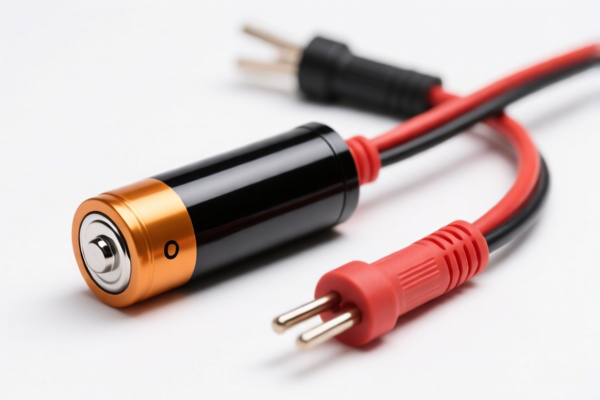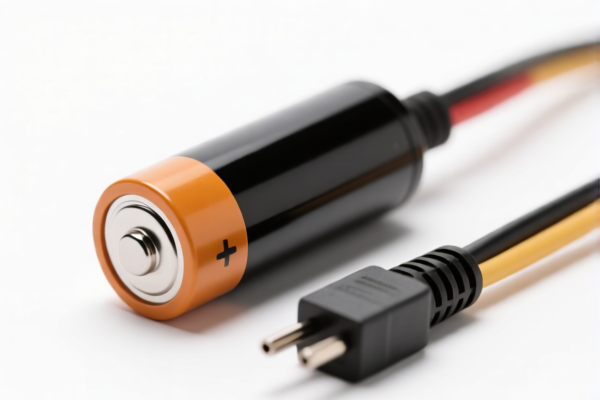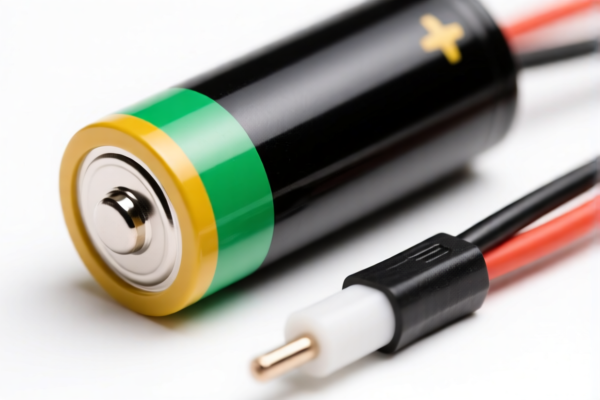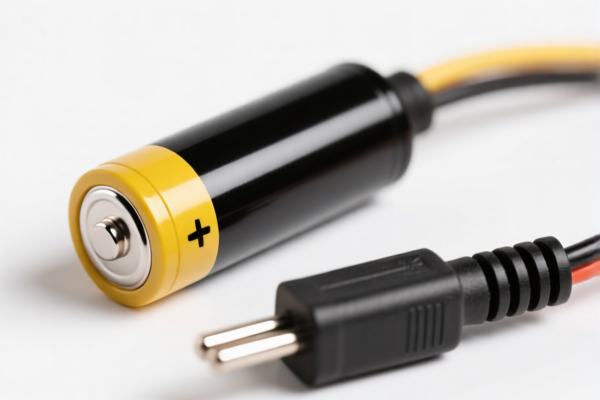| HS Code | Official Doc | Tariff Rate | Origin | Destination | Effective Date |
|---|---|---|---|---|---|
| 8507904000 | Doc | 58.5% | CN | US | 2025-05-12 |
| 8507908000 | Doc | 58.4% | CN | US | 2025-05-12 |
| 8544300000 | Doc | 60.0% | CN | US | 2025-05-12 |
| 3926905900 | Doc | 57.4% | CN | US | 2025-05-12 |
| 3926909989 | Doc | 42.8% | CN | US | 2025-05-12 |
| 3916905000 | Doc | 60.8% | CN | US | 2025-05-12 |
| 3916903000 | Doc | 61.5% | CN | US | 2025-05-12 |




CAR BATTERY CABLE HS Code Classification
Based on the provided reference data, here's a breakdown of potential HS codes for "CAR BATTERY CABLE", along with explanations and considerations:
1. 8544300000 – Ignition wiring sets and other wiring sets of a kind used in vehicles, aircraft or ships
- 85: Electrical machinery and equipment and parts thereof; sound recording or reproducing apparatus, television-image multiplier tubes, klystrons, magnetrons and like tubes.
- 44: Insulated (including enameled or anodized) wire, cable (including coaxial cable) and other insulated electric conductors, whether or not fitted with connectors; optical fiber cables, made up of individually sheathed fibers, whether or not assembled with electric conductors or fitted with connectors.
- 30: Ignition wiring sets and other wiring sets of a kind used in vehicles, aircraft or ships.
- Explanation: This is the most likely HS code if the cable is specifically designed and sold as a complete wiring set for automotive battery connections. It covers pre-assembled cables with connectors intended for vehicle use.
- Tax Rate: Base Tariff: 5.0%, Additional Tariff: 25.0%, Post 2025.4.2 Additional Tariff: 30%. Total Tariff: 60.0%.
2. 8507904000 – Parts: Of lead-acid storage batteries
- 85: Electrical machinery and equipment and parts thereof; sound recording or reproducing apparatus, television-image multiplier tubes, klystrons, magnetrons and like tubes.
- 07: Electric storage batteries, including separators therefor, whether or not rectangular (including square); parts thereof.
- 90: Parts.
- 40: Parts of lead-acid storage batteries.
- Explanation: If the cable is specifically manufactured as a component for lead-acid car batteries (e.g., a specialized connection cable integral to the battery design), this code may apply.
- Tax Rate: Base Tariff: 3.5%, Additional Tariff: 25.0%, Post 2025.4.2 Additional Tariff: 30%. Total Tariff: 58.5%.
3. 8507908000 – Parts: Other
- 85: Electrical machinery and equipment and parts thereof; sound recording or reproducing apparatus, television-image multiplier tubes, klystrons, magnetrons and like tubes.
- 07: Electric storage batteries, including separators therefor, whether or not rectangular (including square); parts thereof.
- 90: Parts.
- 80: Other parts.
- Explanation: This is a broader category for battery parts. If the cable is a general-purpose connection cable for a battery but isn't specifically designed as a lead-acid battery component, this code could be appropriate.
- Tax Rate: Base Tariff: 3.4%, Additional Tariff: 25.0%, Post 2025.4.2 Additional Tariff: 30%. Total Tariff: 58.4%.
Important Considerations & Recommendations:
- Cable Composition: The material of the cable (e.g., copper, aluminum, PVC insulation) is crucial.
- Connectors: The type of connectors used (e.g., ring terminals, alligator clips) will influence the classification.
- Intended Use: Is the cable sold as a complete wiring set, or as a component for battery connection?
- Declaration Accuracy: Provide a detailed product description and technical specifications to customs officials.
- Material Certification: You may need to provide material certifications (e.g., RoHS compliance) depending on the cable's composition.
- Single Invoice: Ensure the invoice clearly states the product description, HS code, quantity, unit price, and total value.
- Post 2025.4.2 Tariff Changes: Be aware of the additional tariff increases scheduled for April 2, 2025.
Disclaimer: This information is for general guidance only. The final HS code classification is determined by customs officials based on the specific product and supporting documentation. It is recommended to consult with a licensed customs broker or seek an official binding ruling from the relevant customs authority for definitive classification.
Customer Reviews
The information on HS code 3916903000 was spot on. It helped me confirm that my product falls under that classification and the tariff rate is accurate.
The page is useful, but I found the tariff rates a bit confusing. I had to do some extra research to understand how the additional tariffs apply after April 2025.
I was impressed with how the page covered the composition and connectors of the cable. It gave me all the details I needed to ensure proper customs classification.
The explanation for HS code 3926905900 was good, but I wish there were more examples of similar products. Still, it helped me understand the classification better.
The page provided a clear list of HS codes and their corresponding tariff rates. This made it easier for me to choose the right classification for exporting car battery cables to the US.